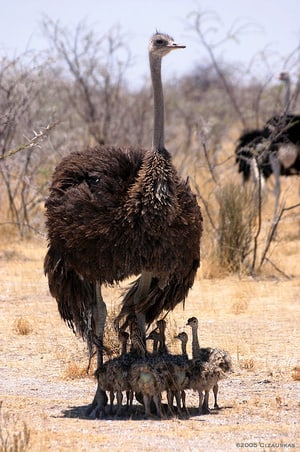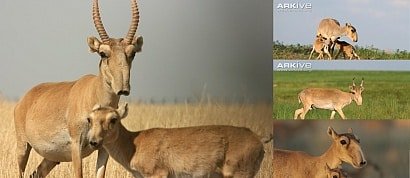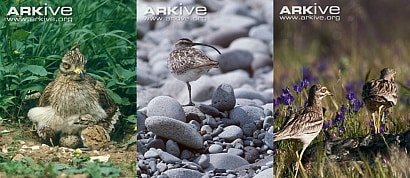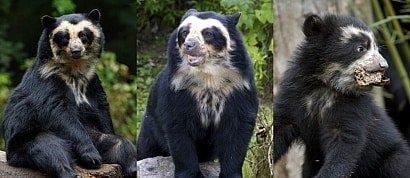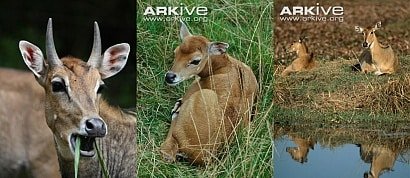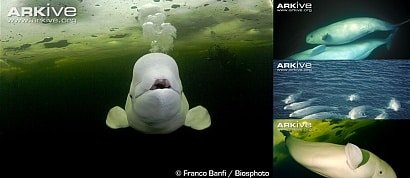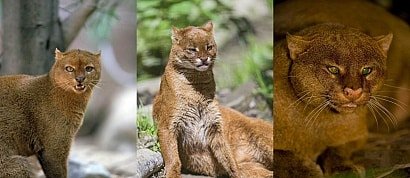A list of my favorite images of ostriches.
simple.wikipedia.org/wiki/Ostrich
The ostrich (Struthio camelus) is a large flightless bird that lives in Africa.
They are the largest living bird species and have the biggest eggs of all living birds. Ostriches do not fly but can run faster than any other bird.
They are ratites, a useful grouping of medium to large flightless birds. Ostriches have the biggest eyes of all land animals.
Ostriches have long legs and a long neck but they have a small head. Male ostriches have black feathers and female ostriches have grey and brown feathers. Both males and females have white feathers on their wings and tails.
Male ostriches can be 1.8 - 2.7 meters / 6 - 9 feet tall, while female ostriches are 1.7 - 2 meters / 5.5 - 6.5 ft tall. They can run with a speed of about 65 kilometers per hour/40 miles per hour.
Ostriches now only live in Africa. They live in open grassland called savannas in the Sahel and in parts of East Africa and south-west Africa. Some ostriches live in areas of the Sahara desert.
There used to be ostriches in Middle East in the 20th century and, further back, also in Asia. Humans hunted and ate the ostriches. They are now extinct in those areas.
Ostriches mainly eat plant matter but they also eat insects. The plant matter consists of seeds, shrubs, grass, fruits and flowers while the insects they eat include locusts.
Ostriches do not have teeth and so cannot grind food as mammals do. Instead, they swallow pebbles. An adult ostrich carries about 1 kilogram (2.2 lb) of stones in its gizzard, a special sac just before the stomach. The pebbles grind the food and help its digestion. Ostriches can live without drinking for several days.
Ostriches normally spend the winter months in pairs or alone. During breeding season and sometimes during extreme rainless periods Ostriches live in nomadic groups of five to 50 birds (led by a top hen) that often travel together with other grazing animals such as zebras or antelopes.
With their acute eyesight and hearing, Ostriches can sense predators such as lions from far away. When being pursued by a predator, they have been known to reach speeds in excess of 70 kilometres per hour (43 mph) and can maintain a steady speed of 50 kilometres per hour (31 mph), which makes the Ostrich the world's fastest two-legged animal.
When lying down and hiding from predators, the birds lay their heads and necks flat on the ground, making them appear as a mound of earth from a distance.
Female Ostriches lay their eggs in a single communal nest, a simple pit, 30 to 60 centimetres (12–24 in) deep and 3 metres (9.8 ft) wide, scraped in the ground by the male.
The dominant female lays her eggs first and, when it is time to cover them for incubation, she discards extra eggs from the weaker females, leaving about 20 in most cases.
Ostrich eggs are the largest of all eggs - on average they are 15 centimetres (5.9 in) long, 13 centimetres (5.1 in) wide and weigh 1.4 kilograms (3.1 lb), over 20 times the weight of a chicken egg.
The eggs are incubated by the females by day and by the males by night. This uses the colouration of the two sexes to escape detection of the nest, as the grey-brownish female blends in with the sand, while the black male is nearly undetectable in the night. The incubation period is 35 to 45 days.
Males and females co-operate in rearing chicks. The male defends the hatchlings and teaches them to feed. The survival rate is low for the hatchlings, with an average of one per nest surviving to adulthood.
Added to
People who voted for this also voted for
4 the love of sade
Film Diary of 2023
Luna Lazar ~ Danish Model
OTOÑO
"old school" sex appeal: Chiara Conti
CineMaps by Andrew DeGraff
Assemblages, Mixed Media, objet trouvé, Shadow Box
ART | Marjorie Miller
Akita
TV Posters I Posted ~ 3+ Votes
Heard in 2017
Psychiatrist & Psychologist and Patient
Booth babes, Promo models and car show girls Pt 2
Music Diary 2021
Black Beauties Matter (North America)
More lists from kathy
Favorite Images of Saiga Antelopes
Favorite Images of Maned Wolves
Favorite Images of Curlews
Favorite Images of Spectacled Bears
Favorite Images of Nilgais
Favorite Images of Beluga Whales
Favorite Images of Jaguarundis
 Login
Login